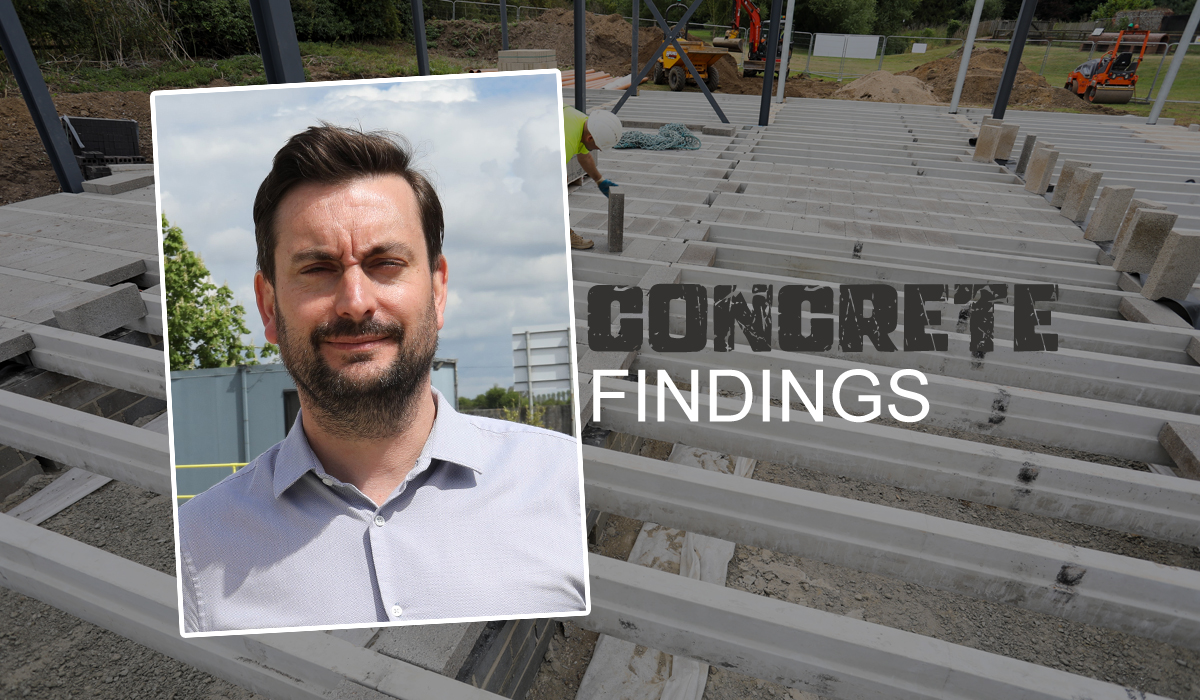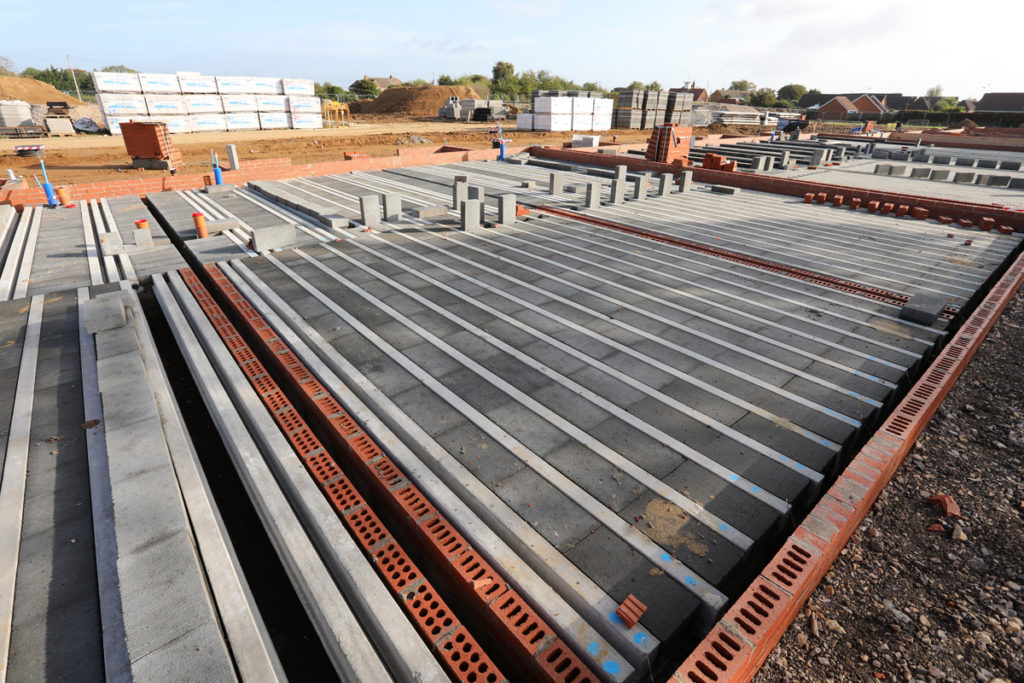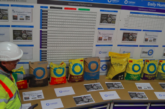
Carbon emissions are one of the most important causes of global warming, and concrete is a big contributor mainly because of one of its key ingredients: cement. Tim Capey, general manager of CCP Building Products, reports.

Roughly 600kg of carbon dioxide are released for every tonne of cement produced, which is why cement manufacturing accounts for 8% of the world’s carbon dioxide emissions. This means that the simplest way for concrete, one of the world’s most extensively used building materials, to reduce its carbon footprint is to cut the amount of cement used in its manufacture.
The research and development necessary to bring cement-free concrete blocks to market is already taking place, with a number of products already on the market.
Now the goal is to go further than simply developing products that cut the carbon emissions during manufacturing. Instead, the challenge is to develop concrete products that are actually carbon negative.
One of the leaders in this field is Carbon8, a specialist in carbon capture, utilisation and storage (CCUS), which has developed the carbon-negative aggregate CircaBuild.
 Low carbon aggregates
Low carbon aggregates
CircaBuild aggregates are low-carbon and carbon-negative alternatives to virgin lightweight aggregates. They are manufactured using Carbon8’s patented technology, Accelerated Carbonation Technology (ACT), which mineralises and carbonates industrial residues. These residues and ash, resulting from the incineration processes at industrial sites, contain oxides, hydroxides and silicates, which are reactive to carbon dioxide (CO2).
ACT controls, manages and accelerates this natural reaction to manufacture new products using CO2 and residues produced by heavy industry. The CO2 is permanently and safely stored within the new material, in solid mineral form, contributing to the decarbonisation of industry and providing an alternative to virgin materials in the construction industry.
Carbon8’s technology can capture and store more CO2 in CircaBuild aggregates, than emitted in the process, making them low-carbon and carbon negative. The question is whether or not these aggregates can be incorporated into a cement-free block to create a carbon negative block, a practical alternative to conventional construction methods that does not require carbon offsets and all the other workarounds that have been tried so far.
And the good news is that early trials in collaboration with a construction materials manufacturer have been successful, resulting in just that: the production of cement-free carbon-negative concrete blocks.
The chosen partner is CCP Building Products, a large construction components manufacturer and leading supplier of concrete blocks in the UK that is part of the SigmaRoc group.
 CCP had its own technology to contribute, Greenbloc, a high-density load-bearing concrete block made from class 1 aggregates and Cemfree, a cement-free alternative to conventional concrete. The company introduced the first version of this in 2021 and has introduced two greener versions since that are produced with even fewer carbon emissions.
CCP had its own technology to contribute, Greenbloc, a high-density load-bearing concrete block made from class 1 aggregates and Cemfree, a cement-free alternative to conventional concrete. The company introduced the first version of this in 2021 and has introduced two greener versions since that are produced with even fewer carbon emissions.
These latest trials were experiments to find out whether it was possible to combine the Circabuild aggregate with Greenbloc technology.
SigmaRoc’s technology & innovation Director, Ian St Hillaire, has been leading the ground-breaking trials, explains: “We set about producing trial samples of concrete blocks at site production scale to push the boundaries of what’s possible.”
The trials established that it was possible to combine the alternative aggregate with cement-free technology but the proportions had to be right in order to successfully produce a concrete block that is actually carbon negative.
Yet there are still further hurdles to overcome before these blocks will be available to the market. The next stage of this important project will see plant trials but on a much larger scale, followed by the development of supporting Environmental Product Declarations (EPD’s) to establish the product’s suitability for use, as well as to confirm the carbon negative claims.
Want to know more?
More information on Carbon8, Circabuild and CCP Building Products








